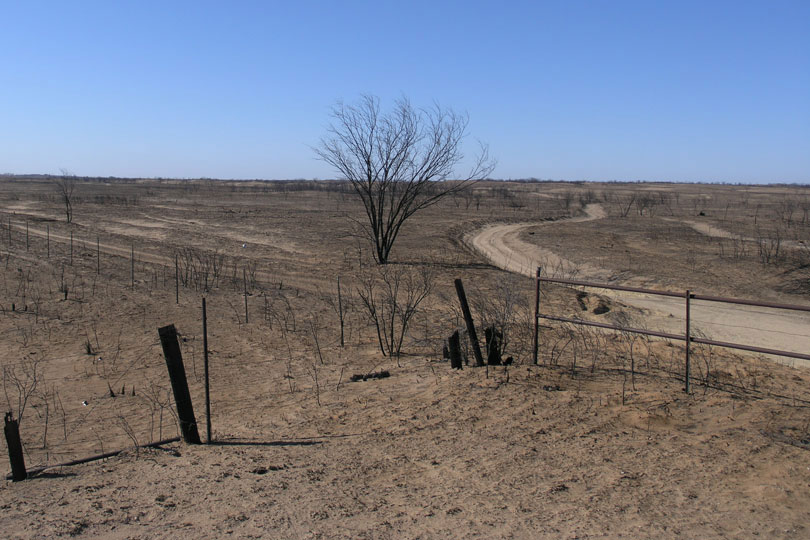By Justin Walker
Communications Specialist
As wildfire season begins to pick up, Texas A&M AgriLife Extension Service is giving homeowners a chance to prepare for and limit wildfire damages.
Texas experienced a very wet spring, which has been followed by a very dry summer. Recent rains Texas haven’t changed the dry conditions.
And with the dry environment comes increased threat for wildfires. Thousands of acres have already burned or are still burning in the High Plains, Rolling Plains, Central and West Texas.
“Fire is an imminent danger, and people need to get ready for it, understanding that any particular day they could have a fire come their way,” Tim Steffens, Ph.D., AgriLife Extension range management specialist, said.
To help homeowners prepare for that day, Steffens and AgriLife Extension Range Specialist Morgan Treadwell, Ph.D., have released two publications on wildfire behavior and emergency responses.
Wildfire Behavior and Emergency Response and Safeguarding Against Wildfire are currently available in the AgriLife Extension Bookstore. Both publications can be found under the search term “wildfire.”
A Wildfire Ready Checklist, developed by Treadwell, is also available.
The materials are designed to help landowners prevent possible wildfire outbreaks on their property. Ranchers can start with fuel breaks, Steffens said.
“Grazing them in, with the use of temporary fencing, is really my preference,” he said. “Disking or blading opens the land up to more erosion than if you graze it out, but it is better than nothing. These will stop small fires starting out in the ditch along the roadway, but when high winds and low humidity combine to push a wildfire, a 20- to 30-foot firebreak won’t stop it.”
Some strategic grazing and moving cattle from pasture to pasture also will help manage fuels, Steffens said. This method provides protection for cattle, providing them somewhere to go if a fire were to breakout.

